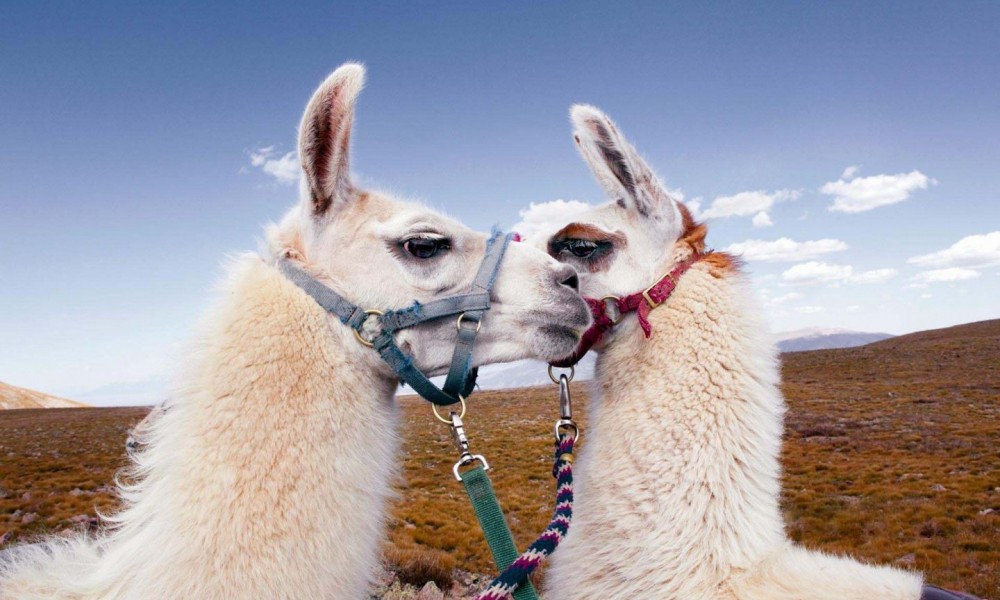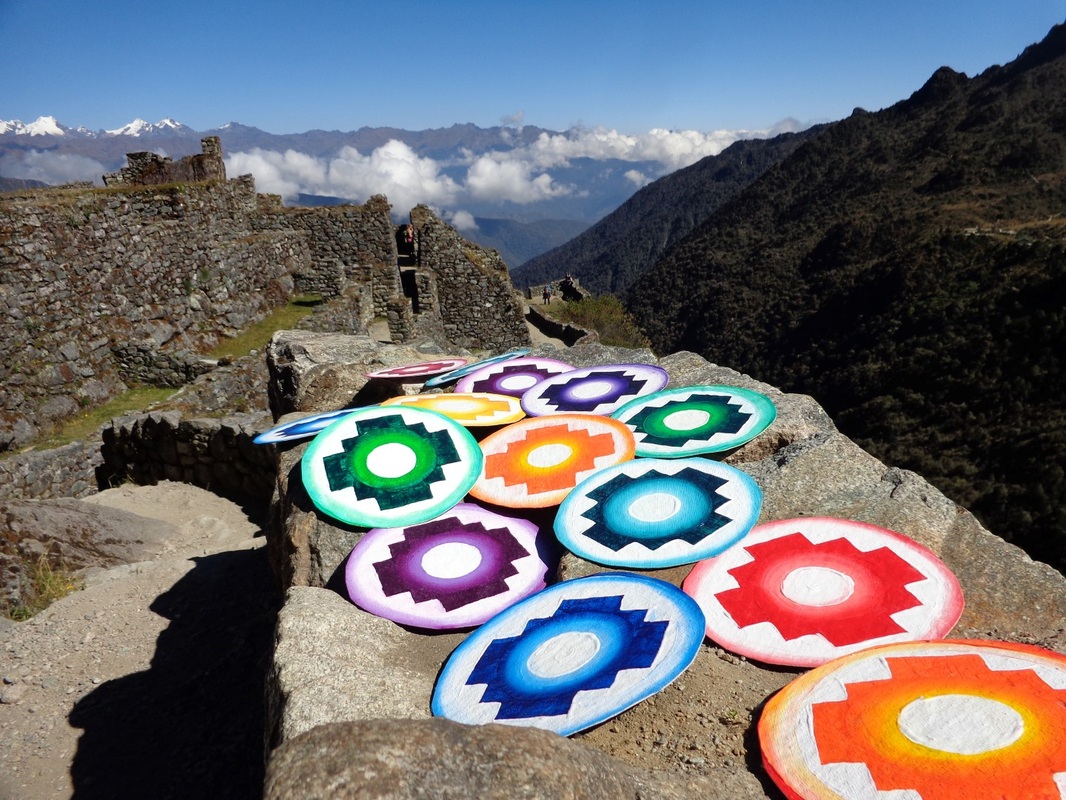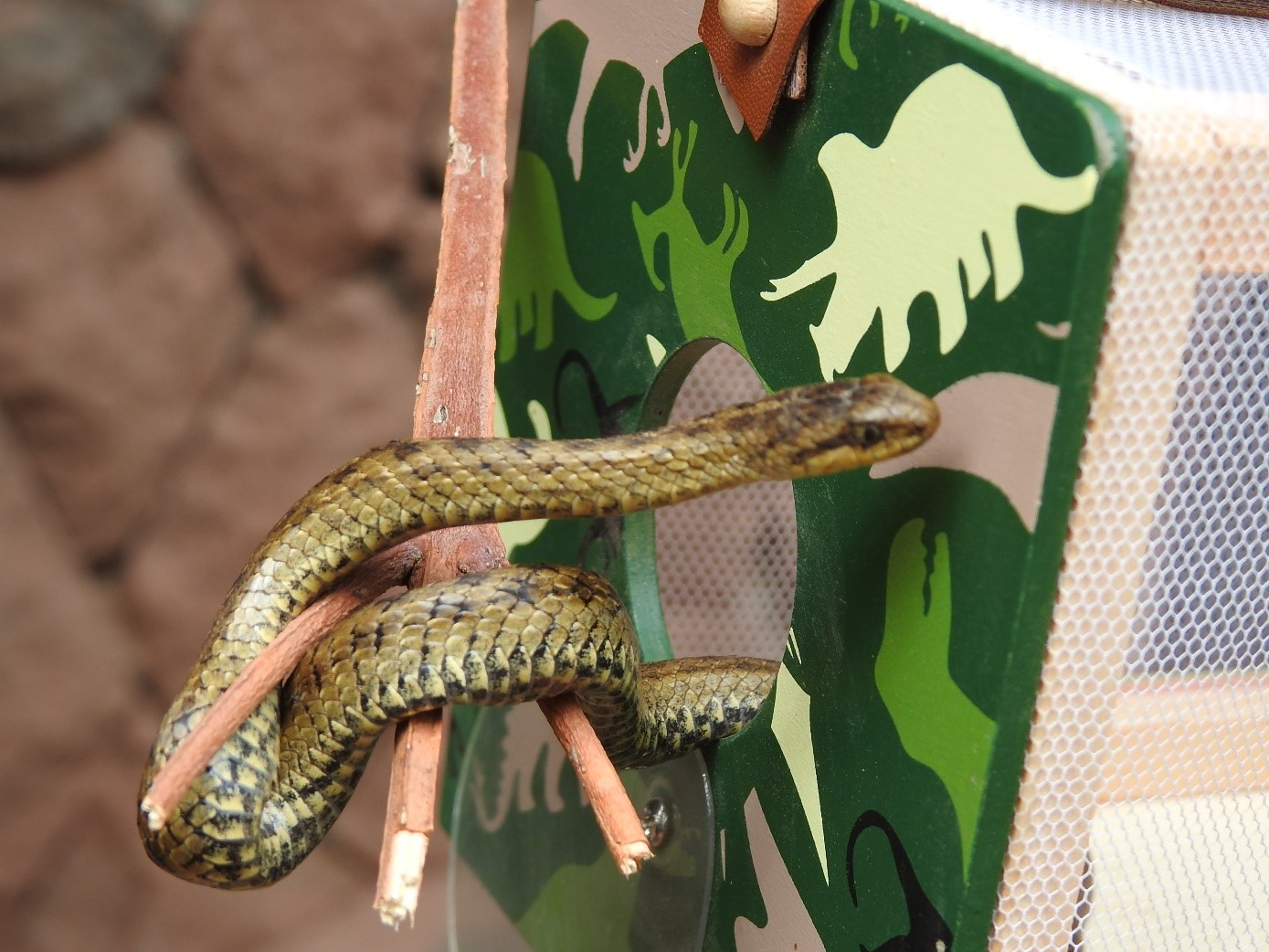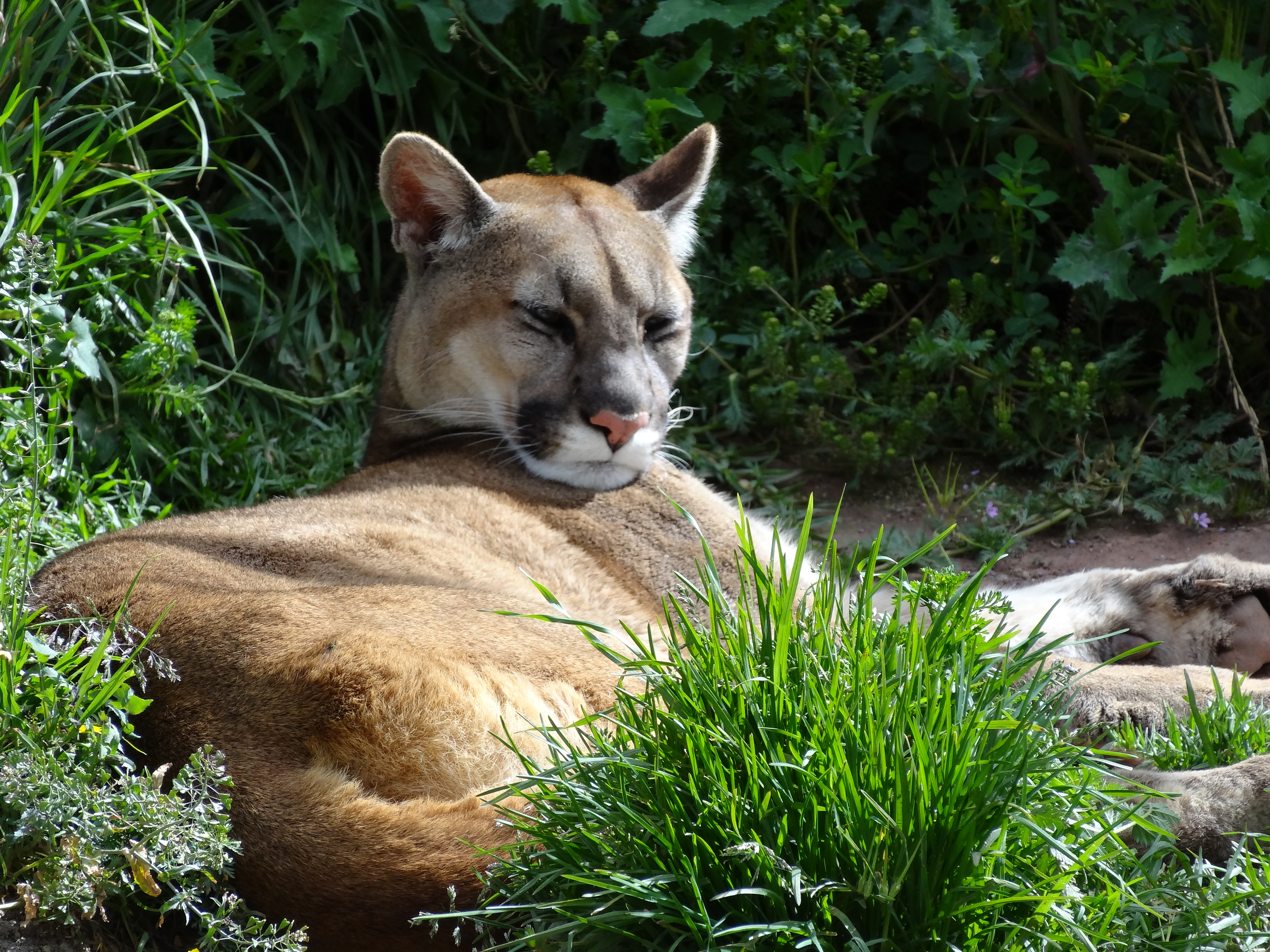Sacred animals of the Incas

In their opinion, all living creatures, had their energy and consciousness which cannot be measured or estimated by any means, but it is necessary to accept and respect them as a part of the whole process of life on earth. Traveling through this very religious country, you are sure to hear a lot of legends and myths, including stories told by local guides about three worlds, three levels of consciousness which are represented by an ancient Andean (Inca) cross, a sign called Chakana. It symbolizes three universes: underground world of the dead ancestors; the earthly world of the present, here and now; the heavenly abode of the gods. Image of Chakana is found everywhere: from the walls of religious buildings, to usual walls brimming with graffiti and aerosol arts. Photo uainfo.org
Photo uainfo.org
Each of three levels of the cross is represented by a sacred animal. The "inverted" lower level symbolises the kingdom of death, as well as the depths of the earth, the place where everything originates: rivers, trees, mountains and caves. The Incas believed that the death is not an end but rather the beginning of a new cycle. The ancestors deemed that time is non-linear, but everything has its cycle that ends and begins again.
Read also: Titicaca lake and its islands: the second chakra of the Earth
The first level is represented by a snake. In many cultures it is considered as a sacred animal, the embodiment of strength and power, protection against evil spirits. The ancient Incas believed that, the same as a snake changes its skin, when dying, a person is just exchanging his body to a new one, passing the process of reincarnation. The same as a snake changes its skin and thus every year becomes more mature and wise, we shall cognize our dark side and find answers to the most difficult questions, and come back being wiser, having changed our thinking and karma. Photo inkaterra.com
Photo inkaterra.com
The second level is the present life on our planet. This is the habitat of alive people, in which everything is interconnected: humans, animals and nature. Everything has its own energy and people should take care to be in harmony with nature and with other living beings. The ancients people believed that a person living in love and respect, is only a temporary passer-by on this earth, he comes and goes back home. This level is represented by a puma, the master of the Amazon and the snow-capped mountain peaks. This animal symbolizes courage and strength. Puma has a thick skin and is not afraid of cold weather, it allows an animal to live in its natural environment remaining nearly invisible. It has developed sight and hearing, keen sense of smell, it is well-versed in the wild, thanks to the long tail a puma keeps the balance easily, moves smoothly and almost silently. Thanks to these characteristics puma became revered among the Incas. It was perceived as a mythical creature, linking the underworld and space, the habitat of the gods. It was believed that a resident of the Andes has to reach the state when he is equal to puma, i.e. is able to adapt to different environmental conditions, to become invisible to wild animals, to be strong, courageous and determined to go to a new cycle, a new level.
Photo papaminx.files.wordpress.com
The third level is a realm inhabited by the deities: supreme god Viracocha, the sun god Inti, Mama Killa - moon goddess, as well as thunder, lightning, rainbow, stars, constellations, spirits. The most esteemed, after the supreme god Viracocha, was the sun god Inti. He was worshiped as a loving father giving life, protection, life-impulse and life-giving fire. This stage of Chakana is represented by a huge condor bird, which has a three-meter wingspan, lives very high up on the rocks in the Andes and contemplates everything from the high above.
Read also: Lima is the capital of...
Condor symbolizes an air, and its wings and feathers - climbing to freedom. It carries the spirit of a dead person to heaven, the upper world, and is a messenger of the gods. To achieve the status of a condor, a person must change himself, to give up his old mentality, change himself like a serpent, to achieve wisdom and stability of puma, then the way home in the heavens will be opened for him..jpg) Photo washingtonpost.com
Photo washingtonpost.com
Puma, snake and condor are enveloped in mysticism, there are a lot of legends and fairy tales about them. There is a hypothesis that even the legendary and sacred to the Incas city of Cusco (in the Quechua language it means "navel of the earth" or "centre of the world"), which once was the capital of the vast state, encompassing the territory of modern Bolivia, part of Argentina, northern part of Chile, northern Peru and Ecuador, was built by the ancient architects in shape of a puma. If you print out the map of Cusco, it can be clearly seen that its outlines resemble an animal's body, and the fortress Saksaywaman stands for head. Moreover, at each point of a puma’s chakras (energy centres) has a sanctuary...
Cover photo uainfo.org





















